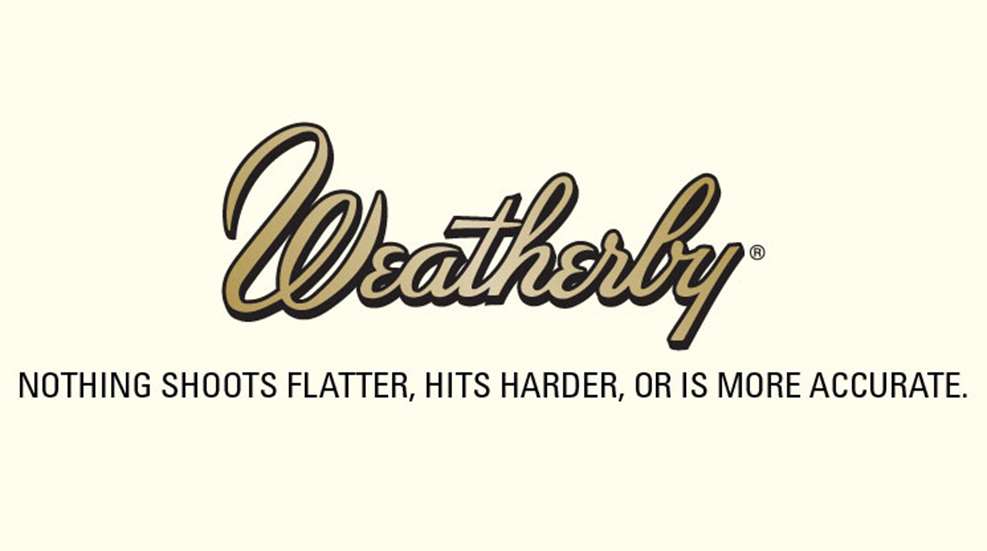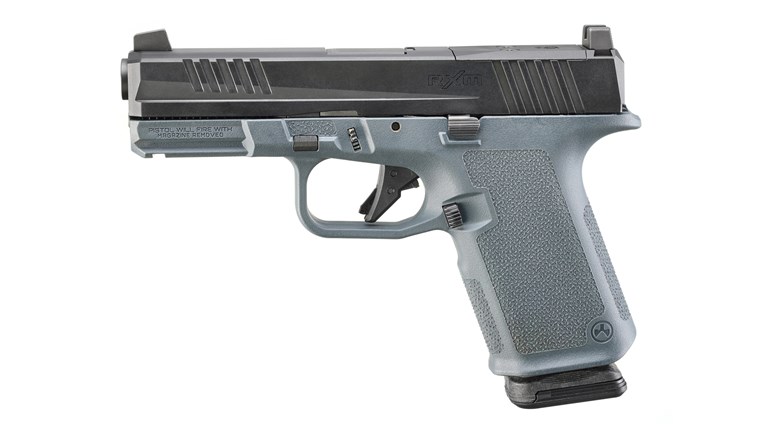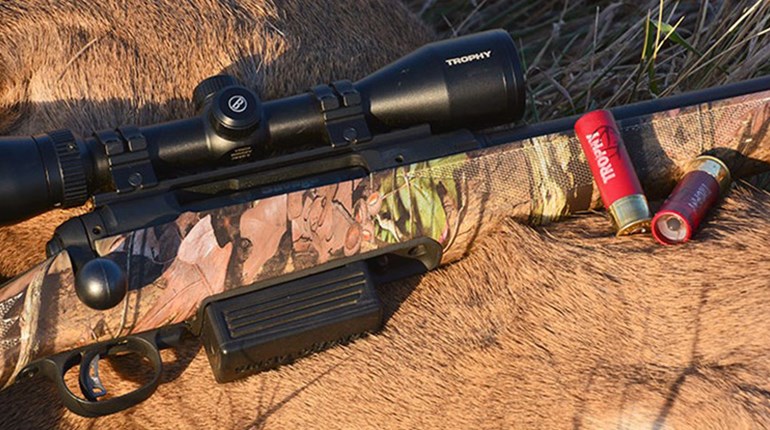
Weatherby has been in the shotgun business for decades, but now it has a product that’s sure to appeal to upland hunters who still prefer walnut over plastic. The Element is an inertia-operated semi-auto that’s as attractive as it is affordable. Here’s the scoop.
1. The Element’s inertia action is Weatherby’s first.
When Paolo Benelli’s patent expired in 2006 the door creaked open for the Italian shotgun maker’s competition. Browning introduced an inertia-operated version of its venerable A5 for waterfowl. Weatherby, however, chose a lighter, more upscale route with its Element. Why inertia? While inertia actions do not lend the recoil-mitigating properties of gas guns, they’re generally more reliable because grime is vented out of the barrel and not back into the chamber. And thanks to fewer parts in the Element’s fore-end, its balance point is between the hands—conducive to upland point shooting.
2. The Element retains Weatherby’s class.
Much like with this iconic California company’s Mark V rifles of old, Weatherby designers opted for a high-gloss AA-walnut stock, a blued metal finish and a golden trigger rather than the plastic stocks and matte finish seen on many current hunting shotguns. Much like its new action, Weatherby looked to Italy for the Element’s aesthetics, inasmuch its ergonomics and slick-handling.
3. Lightweight versatility is the Element’s cup of tea.
Available in 12-, 20-, and 28-gauge, there’s no upland task it can’t down like an opening-day dove. Ranging in weight from 6 to 6.75 pounds depending on gauge, it comes with 3-inch chambers (2 3/4-inch in 28-gauge), three choke tubes, a four-round magazine and a 26- or 28-inch barrel. Doves, ducks, pheasants, grouse or even turkeys—the Element is an all-around upland special.
4. At last, a blue-collar price tag on an executive’s shotgun.
Despite its lustrous finish, the Element is priced much less than its closest competition, the Benelli Montefeltro, yet at $1,099 MSRP, it’s closer to the Franchi Affinity it resembles. Either way, with its proven action, walnut stock, great wood-to-metal fit, aluminum receiver, vent rib, chrome-lined bore and checkering, it’s a-whole-lotta shotgun for a grand.






































